Is the traditional suit on the endangered list?
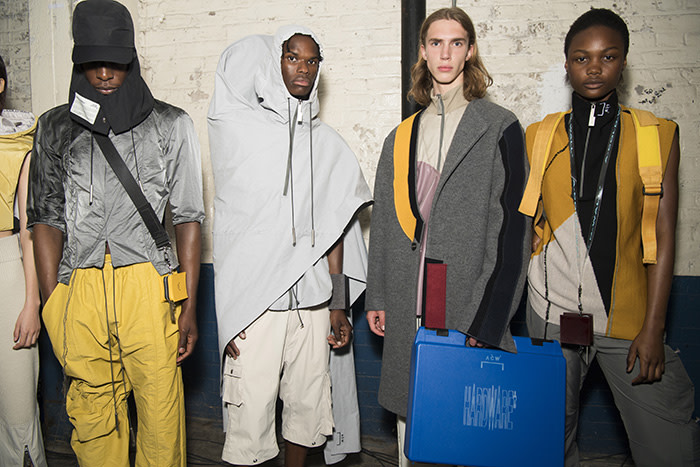
Roula Khalaf, Editor of the FT, selects her favourite stories in this weekly newsletter.
There were no suits at the London men’s collections, which kicked off the Spring/Summer 2019 season last week. Tailoring was pretty much absent altogether. Sportswear was everywhere. Utility detailing was prime and sneakers are now standard catwalk footwear.
The sports casual look is fuelling a menswear boom worldwide, particularly among millennials. What to think, then, on Tuesday, when two devoted suit-wearers met for the first time at the Capella Hotel in Singapore to decide the world’s fate. President Trump and Kim Jong Un express their patriarchal power through artless tailoring.
Is menswear, like politics, now split between the liberals in their tracksuits, and the conservatives who stick to tailoring traditions with glee? Not really, since the signature garment of Trump’s look is a streetwear item: the Maga (Make America Great Again) baseball cap. Here lies the paradox: while the casualisation of the male wardrobe is now entrenched across the spectrum, the connotation of the tailored suit still holds. No matter how badly cut, the suit denotes authority.
What does it mean when London, the home of the tailored suit, can find no contemporary language with which to discuss it? Most designers don’t see it as their problem. Martine Rose staged one of the most pleasurable shows I can remember, set within a Victorian cul-de-sac in Kentish Town. The looks were a continuation of the so-wrong-it’s-right signature that has made her name: tech jackets, bootcut jeans, rave knits and an imposing leather jacket inspired by the TV show Minder (millennials, ask Alexa). Where Rose did show tailoring, it was purposefully blunt, exaggerating the banality of a badly cut suit. She padded blazers that were cut too long in the body, turning the garment into an ungainly fashion statement. There were no sleek suits here.

Martine Rose was by far the highlight of a sparse London menswear schedule, which continues to bleed big names: Craig Green to Pitti in Florence, Wales Bonner to present in her own time. Buyers were scarce. In the absence of blockbuster labels, one of London’s biggest draws is now Charles Jeffrey, a young designer who experiments with tailoring as part of his wild mix.
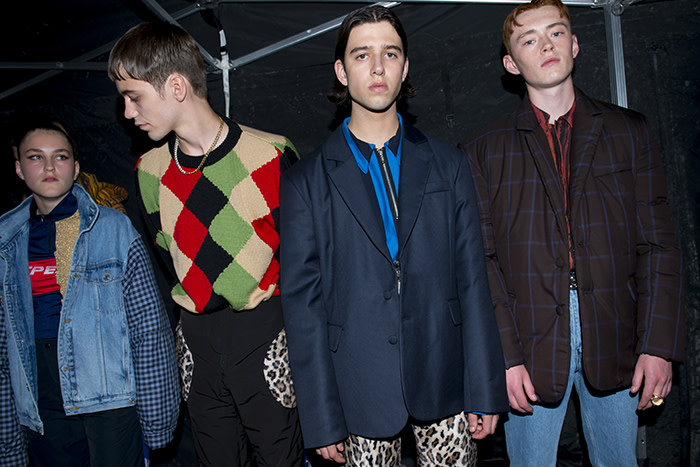
For SS19, he had a new focus: tech sportswear. Jeffrey has recently started running, which has made him think about the garments worn in the act of exercise (as opposed to sportswear that is worn in the act of watching television). The results were vivid and printed with military frogging, a clever expansion of product categories for a brand still finding its feet.
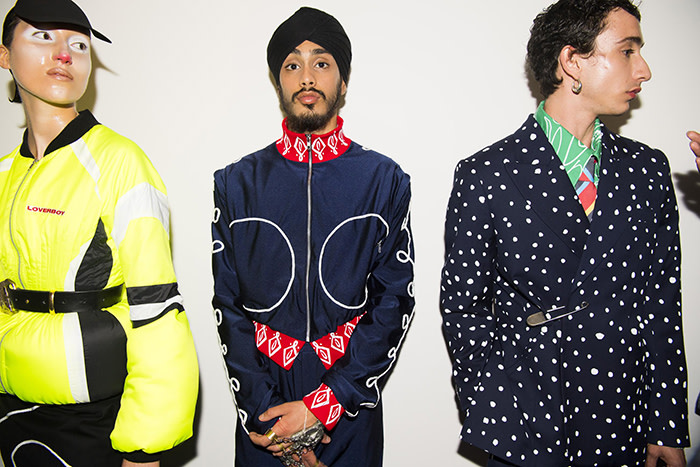
A-Cold-Wall* is a three-year-old label that did £3.5m in menswear last season. Its founder, 27-year-old Samuel Ross, excels in tech garments with utility detailing, his jagged lines taking cues from the brutalist British social housing around which he grew up. Cottweiler is also making sharp tech stuff, but their tracksuits and zip-ups are cut with more stealth. The point is this: tracksuits aren’t just tracksuits any more. Designers with cutting skills are today giving them as much character as their forebears gave to suits.
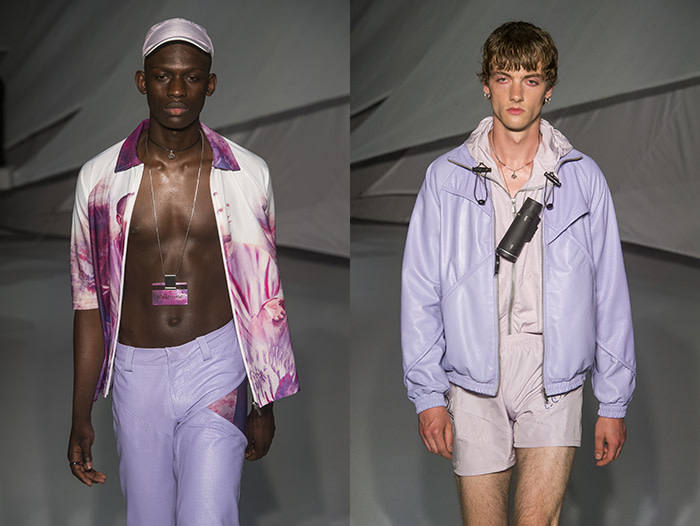
There were other great moments: Nicholas Daley’s recreation of the reggae club his parents started in 1970s Scotland; Art School’s bias-cut glamour for transgender bodies; the assured debut of cleverly cut T-shirts and pants from recent graduate Bianca Saunders, and Rottingdean Bazaar, who staged a show of hire costumes in protest at fashion’s appropriation and overproduction.
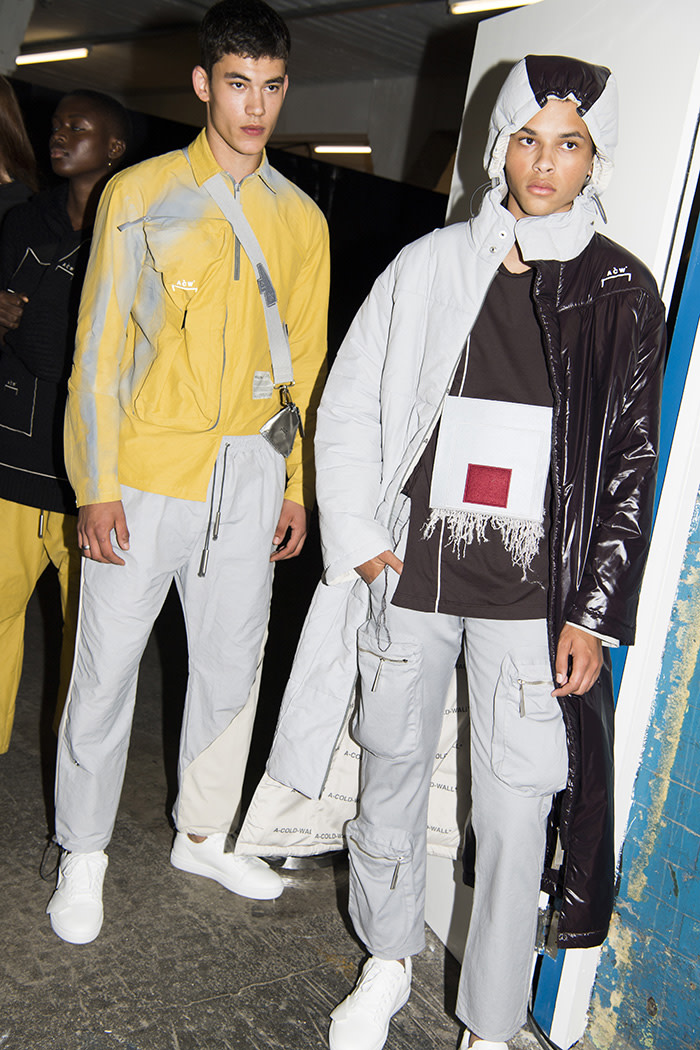
But still no traditional tailoring. How endangered is the suit? Anecdotally, Row tailors will tell you this year has been brutal for business as clients opt for more casual clothes. But Charles Cohen, the investor who last year bought a majority stake in Richard James Savile Row, has another view. “I think there’s always a place for fine tailoring. Everyone’s wardrobe needs to cover the spectrum of variety.”
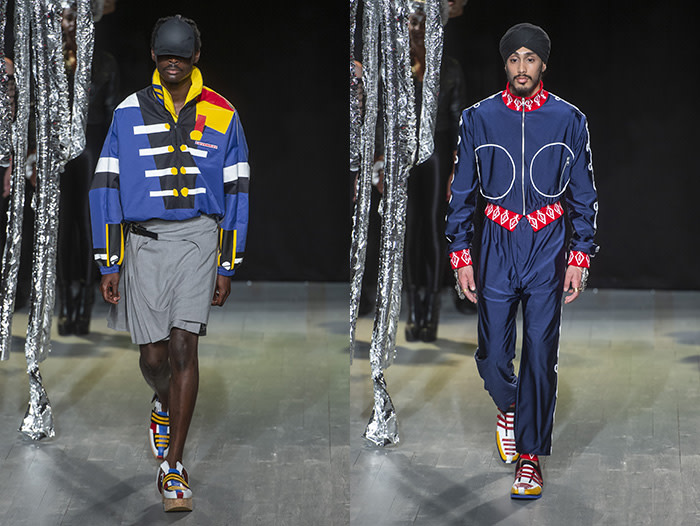
Cohen was introduced to Richard James, nearly 20 years ago, via his wife, who was then working as a publicist for Tom Ford-era Gucci, and sees the acquisition as serendipitous. “When I heard they were interested in selling, I jumped on it immediately.”
London menswear shows launched in 2012. In the early days, Savile Row brands such as Richard James were a presence on the catwalk. The shows were rarely successful, since tailoring has no need to react to fashion’s seasonality. In fact, the attempt to align to the speed of 21st-century menswear seemed to do Savile Row damage. They have since, in the main, opted out. But, just as fashion is adapting, tailors are rethinking their businesses also.
“Listen, we recognise tastes change,” says Cohen. His plan is to both specialise and globalise. First step is a New York flagship that will open on the corner of Park Avenue and 57th Street in late August, with a focus on classic tailoring. “I want it to be as great as it can be,” he says. Oh, and one more thing. “Next year, we’re also going into sportswear.”
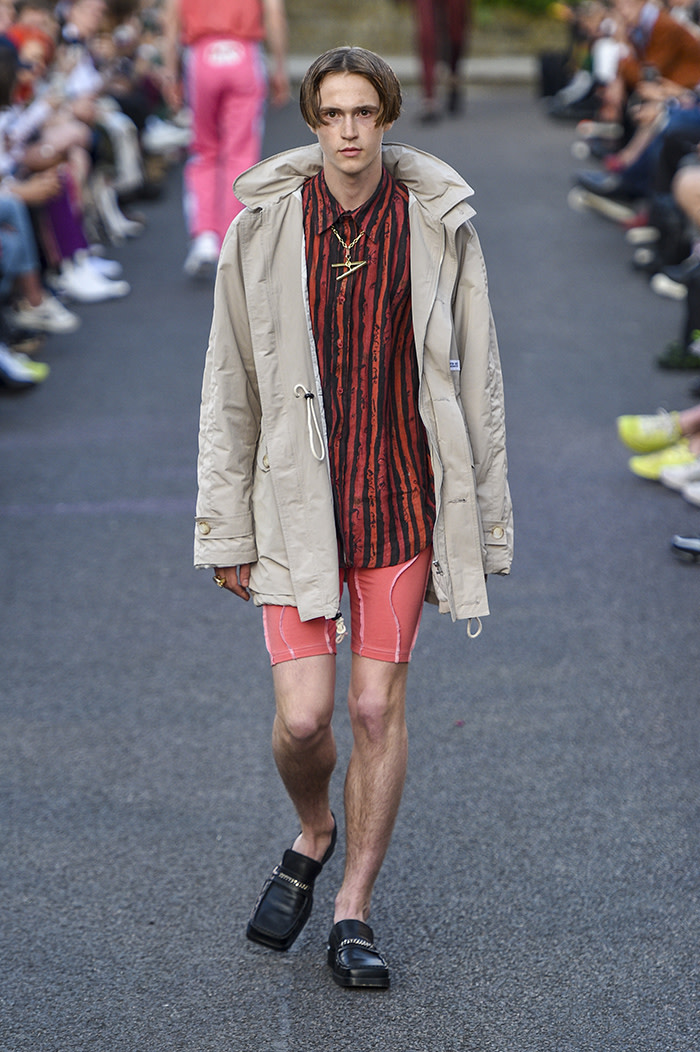
Follow @FTStyle on Twitter to find out about our latest stories first. Subscribe to FT Life on YouTube for the latest FT Weekend videos
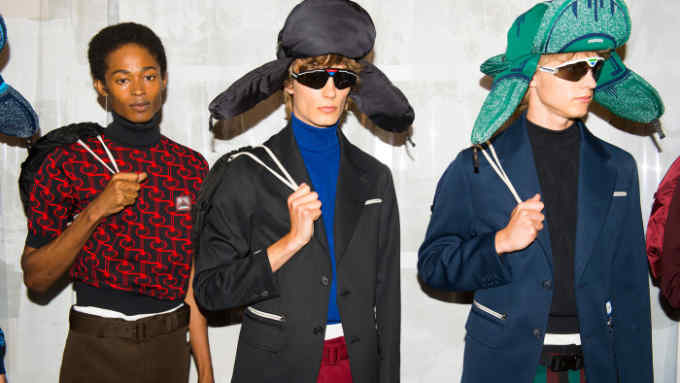
Comments